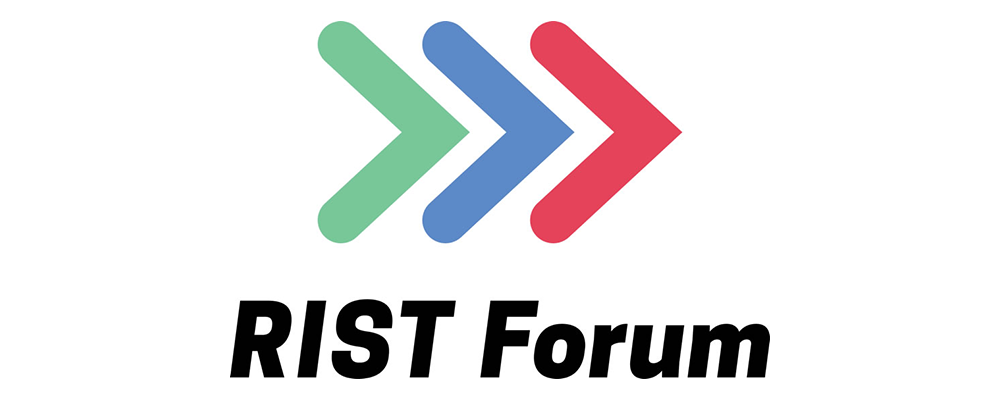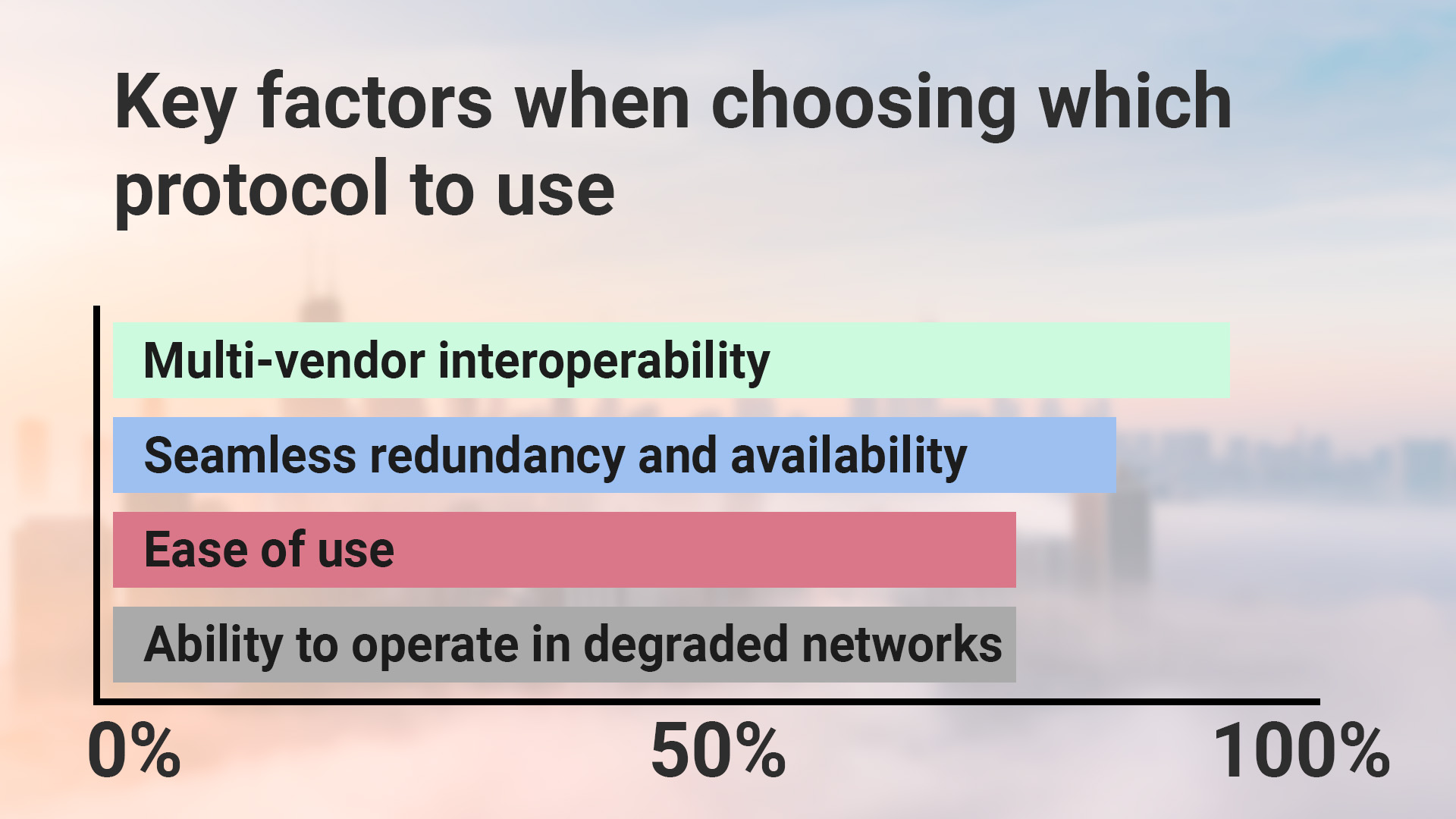The Importance of Multi-Vendor Interoperability for Broadcast
RIST recently surveyed of media and broadcast professionals worldwide to understand how the protocol is being used in practice across the industry

As more and more broadcasters and video content providers adopt or consider adopting IP for transporting content, the need for a reliable, interoperable transport solution is becoming ever more clear. Broadcast workflows have become increasingly complex over time in part because of the many media businesses vendors involved in the entire media supply chain, and also because not all products and workflows are capable of operating together.
While the issue of interoperability can be problematic at all stages of the broadcast workflow, the problem is particularly apparent when it comes to transporting content. The actual physical process of sending content from content provider to broadcaster or affiliate is often not straightforward. Different encoders and decoders operating with incompatible transport protocols cause real problems in the industry.
Industry response
A group of industry experts developed the Reliable Internet Stream Transport (RIST) protocol in 2018, in response to this problem. RIST is an open-source, open-specification transport protocol designed for transporting broadcast grade video over the Internet, while ensuring reliability and security. With the intention of developing a cross industry interoperable standard, any organization can download the protocol information and develop compliant solutions that can be incorporated into their own products at no cost and very few restrictions.

RIST has been on the scene for several years now, so it seems timely that the RIST Forum, created to drive the adoption of RIST, has recently carried out a survey of media and broadcast professionals across the globe to understand how RIST is being used in practice across the industry.
RIST uses in the real world
Of the media and broadcast professionals surveyed, approximately half confirmed that they were currently using RIST at the time of the survey. Perhaps unsurprisingly, the main users of RIST were fibre and IP network operators, and television broadcasters. The survey highlighted that the protocol is also being used, albeit to a lesser extent, by sports rights owners, teleport owners, by systems integrators and during the video and TV production process.
The protocol is not being used in isolation; more often than not, it is being used alongside multiple transport protocols such as SRT, RTP, UDP and RTMP. This highlights the fact that RIST can, and is being, combined with other protocols to address the limitations of said protocols.
According to the survey responses, RIST is being used in a wide range of use cases, from streaming a 24/7 news channel, for content contribution and distribution, as part of cloud-based workflows, and as a backup for contribution delivered by other means.
The professional video industry's #1 source for news, trends and product and tech information. Sign up below.
Interoperability is critical
With so many different solutions on the market for each stage in the broadcast workflow, all with different price points and functionality, content owners and media companies want to be able to choose the product that best fits the type and value of the content, as well as their operation and business needs.
This preference for an a-la-carte approach to technology puts interoperability right at the top of the list in terms of priority. This is evident in the findings of the survey with 91% of broadcasters surveyed citing multi-vendor interoperability as a key factor when choosing which protocol to use.
Other considerations when choosing which protocol
As broadcasters operate in an increasingly competitive market, the ability to deliver a reliable and efficient service is paramount. It is no surprise then that alongside interoperability being a key factor when choosing which protocol to use, the broadcasters surveyed stated that seamless redundancy and availability was the next most important consideration, followed by ease of use, then ability of the protocol to operate in degraded networks.
Increased demand for content
Consumer demand for content, in various formats, appears to be increasing exponentially and supplying this demand is in itself a challenge for the industry. The Internet is an economically viable and flexible medium for transporting content and this makes it sometimes preferable over traditional methods of transfer.
The Internet as a transport method has proven that it has an important role to play in today’s diverse broadcast industry. Media organizations and broadcasters need interoperability between vendor solutions in order to work efficiently so that they can meet the seemingly insatiable demand for content.
The (bumpy) road to interoperability
Since the industry started transitioning to using the Internet as a contribution mechanism, much has been penned about the importance of interoperability. While it would be hard to find someone in the industry that didn’t think it was vital, it is harder still to create the perfect conditions for interoperability to exist. Interoperability, by its very nature, requires a level of partnership working and, that can be difficult to achieve in a competitive commercial environment.
Technology companies naturally want to recoup maximum return on their R&D investments and that can mean making a solution proprietary. The industry-wide journey towards IP in general is set to continue so the importance of interoperability is only going to grow. In order to get the right level of cooperation and open communication to have full interoperability, we need to have a more partnership-led approach involving industry experts working together towards a common goal.
Ciro A. Noronha is president of the RIST Forum


